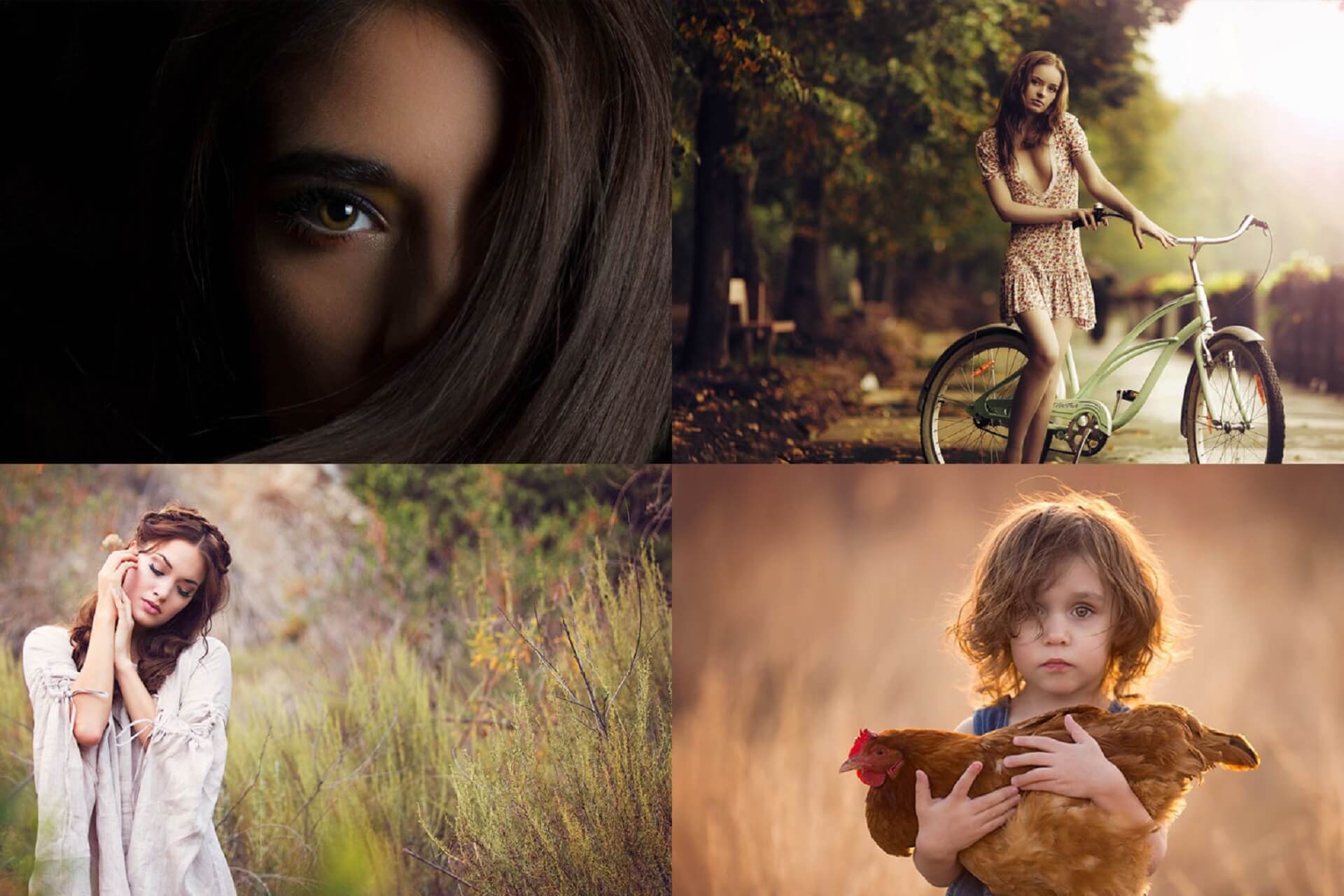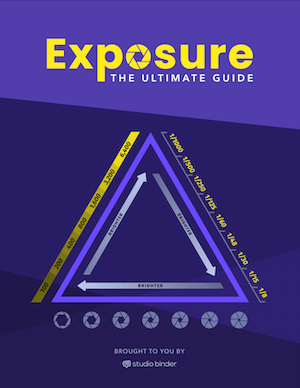Portraiture is older than photography itself. Capturing the essence of a human being was originally achieved through the medium of paint and sculpture. But now, some of the most historical figures of modern day are captured through portrait photography.
Whether you are taking portraits of a new client, a friend, or an icon, there are a few fundamental portrait photography tips that will help you capture a moving portrait. In this article, you’ll learn how to take portraits through technique and creativity.
Portrait photography tips
Know your subject
Portraiture is all about capturing a person and their identity in a single image. This feat would be impossible without first understanding who this person is.
If possible, meet with your subject before the shoot to get to know them a bit. Understand who they are below the surface.
Many colleagues of famed photographer Platon say that this is one of his key techniques. His ability to capture a person’s identity. Just take a look at how he interacts with Colin Powell prior to taking his portrait.
Platon taking portrait photo of Colin Powell
Watching great portrait photographers at work is a great way to pick up on tips for the perfect portrait photograph. From Platon you can see that even just talking to them for a few minutes before the shoot will help you understand who they are and make them a bit more comfortable with you.
Tips for portrait photographs
Select studio vs. location
On the technical side of things, it’s important to first determine whether your portrait photoshoot will take place in a studio or on location. Both options have pros and cons that will depend on your style and your subject. Ask yourself a few vital questions.
Will these portrait shots benefit from a unique setting at a specific location? Or will they benefit from a more controlled environment? Do I plan on experimenting with different lighting styles? Or will the location better capture this person?
Once you dive a bit deeper into what you envision for your portrait photoshoot, you’ll know whether or not you should shoot in a studio or on location.
How to take portraits
Choose your camera gear
If you are just learning how to shoot portrait photography, it is important to be intentional with the camera gear you choose.
What’s the best camera for portrait photography? It depends. Many portrait photographers love the texture and look of film. This can, however, be less forgiving and more expensive. A portrait photoshoot with DSLR cameras or mirrorless cameras is also a great option.
It all comes down to your style and budget.
One of the more important pieces of equipment to choose is the type of camera lens that you use. With the lens for portrait photography, it’s important to keep in mind that longer lenses, like 50mm and up, are typically more flattering.
Wide angle lenses tend to exaggerate facial features which can be less flattering for portraits. Check out our video guide to camera lenses to better understand the effects of each.
Ultimate Guide to Camera Lenses • Subscribe on YouTube
Finally, you’ll need to think about the type of portrait photography lighting equipment. If you are shooting in a studio, determine the lighting styles you will be creating beforehand so that you have all the lighting equipment you need when shooting.
If shooting on location, don’t forget about bounce boards and reflectors. Natural light can move fast, and these tools will help you properly expose your subject along with your understanding of the exposure triangle.
Related Posts
Light portrait photography
Set up lights
One of the determining factors to the style of your portrait is the lighting setup you choose. The most fundamental lighting setup for shooting portraits is the 3-point lighting setup.
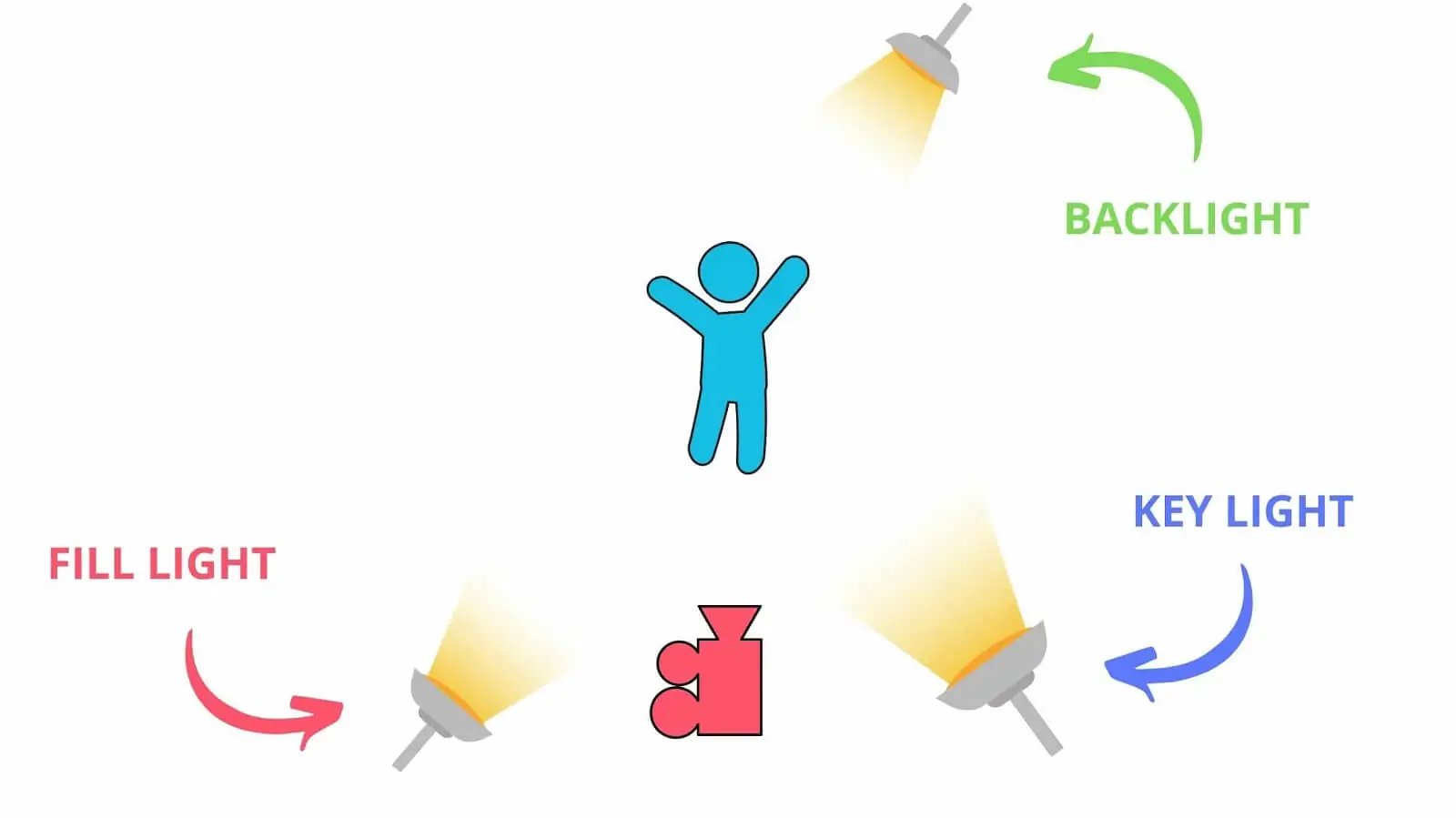
3-point lighting • Portrait photography tips
3-point lighting can be found throughout professional photography and cinema because of its ability to create depth and dimension within a 2-dimensional image. Check out our full breakdown of how key light, fill light, and backlight make up the 3-point lighting setup.
How to shoot portraits with a 3-point lighting setup • Subscribe on YouTube
The 3-point lighting setup is of course only one lighting setup to try. It’s important to understand different types of lighting techniques so that you can choose a lighting setup that matches the style of your portrait.
If you aim to shoot dramatic yet natural portraits, look into Rembrandt style lighting. Maybe you want to shoot a portrait with plenty of mystery. In that case, rim lighting is your friend.
Portrait photography is all about capturing the identity of the subject you are shooting. One of the best tips for portrait photographs is utilizing light to complement the characteristics of your subject
Portrait photography poses
Pose your subject
Now that you know your subject, where you’re shooting, and what you’ll be shooting with, it’s finally time to shoot. One of the best skills a portrait photographer can develop is the ability to pose a subject.
This takes time and practice, but will become more natural over time. If you’re just getting started, here is a great video breaking down 14 different types of portrait photography poses.
14 Essential Portrait Photography Poses
A more general tip for posing subjects is to first focus on larger poses. Once you find a pose that is flattering for your subject and works with your lighting, make subtle tweaks. This might be the position of your subjects hands or a slight tilt to their head.
Don’t be afraid to get creative with your poses. Use your subject’s pose to add shape or depth to the portrait.
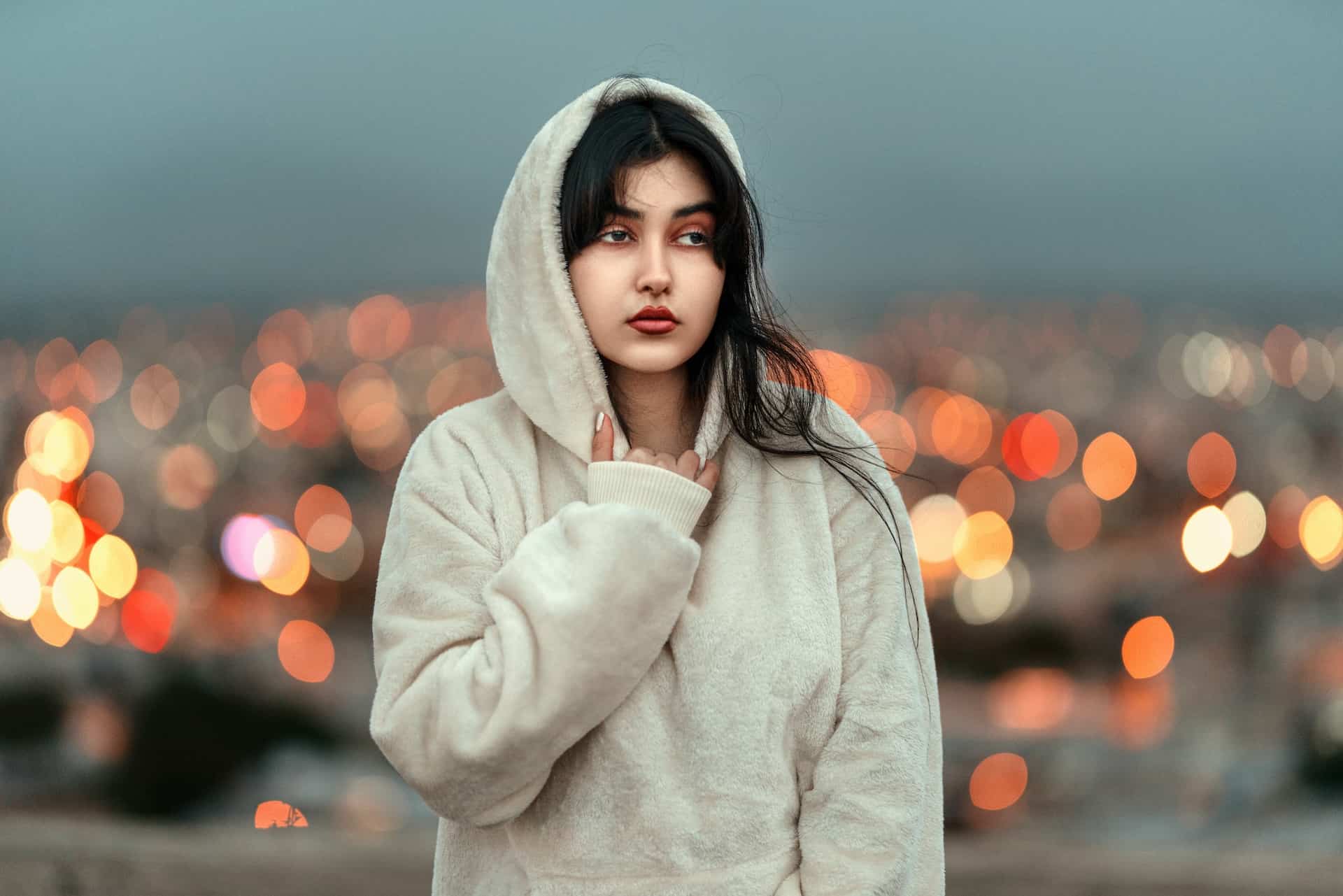
Portrait Photo • Model
Posing a subject can be intimidating or confusing for beginner portrait photographers. It’s important to trust your eye as to what is working and what is not. A pose may not be great at first, but continue to tweak and experiment until you find something.
How to take portraits
Focus on the eyes
They say that the eyes are the window to the soul. While this saying is cliche, it cannot be more true for portraiture. Find ways through both lighting, frame composition, and posing to focus on a subject’s eyes.
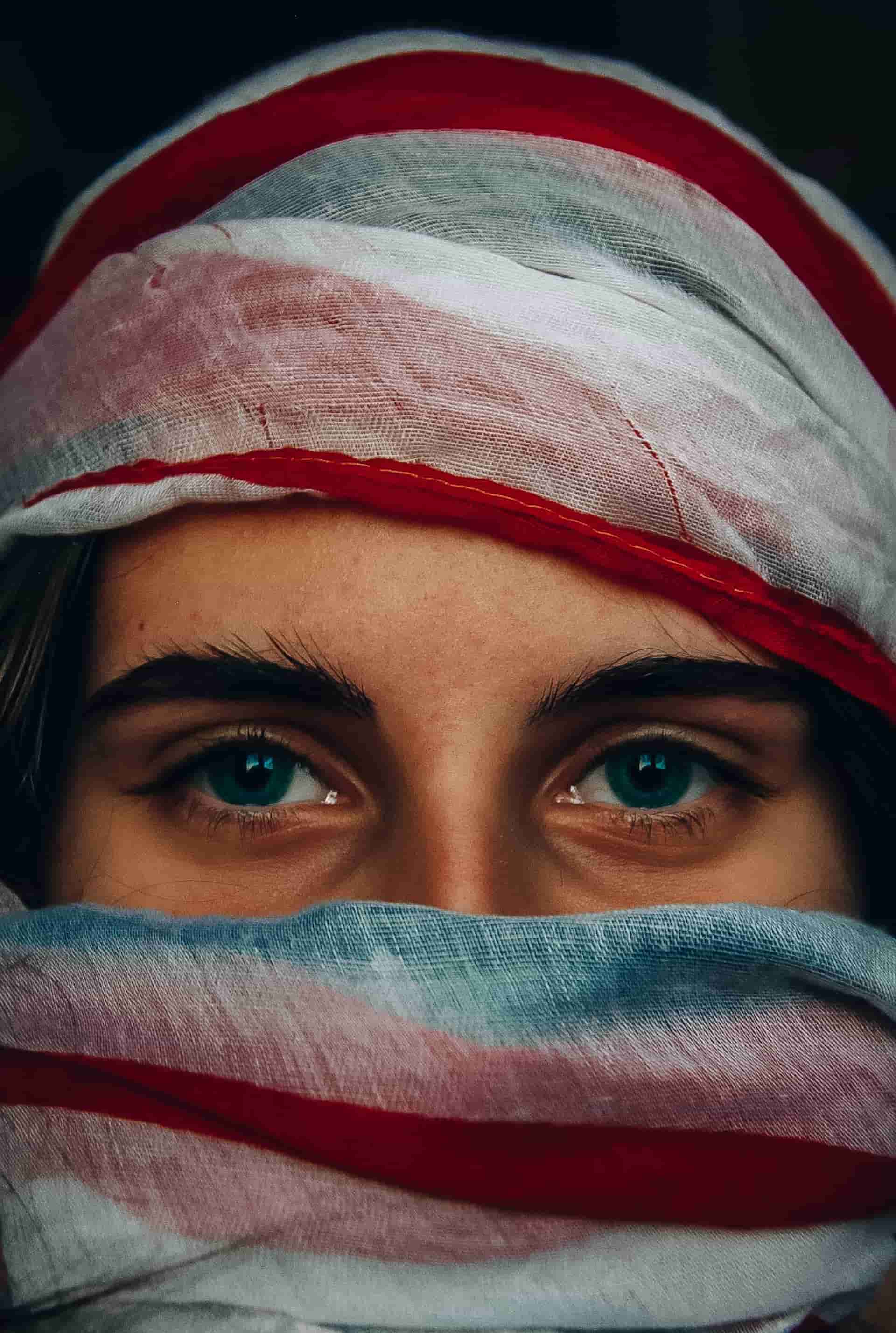
Focus on the eyes to take good portrait shots • Portrait photography technique
Techniques like a catchlight or utilizing color theory can really make a subject’s eyes pop. Some subjects may be more comfortable looking off camera, but be sure to encourage them to look straight down the barrel of the camera to capture these moving portraits.
Related Posts
Portrait photo tips
Capture different emotions
Having a variety of different portraits will better your odds at capturing that one moving shot. A key to variety is capturing different emotions from a subject. Portrait photographer Lee Jeffries’ work is unique because of the different types of emotions he’s able to capture in a portrait photograph.
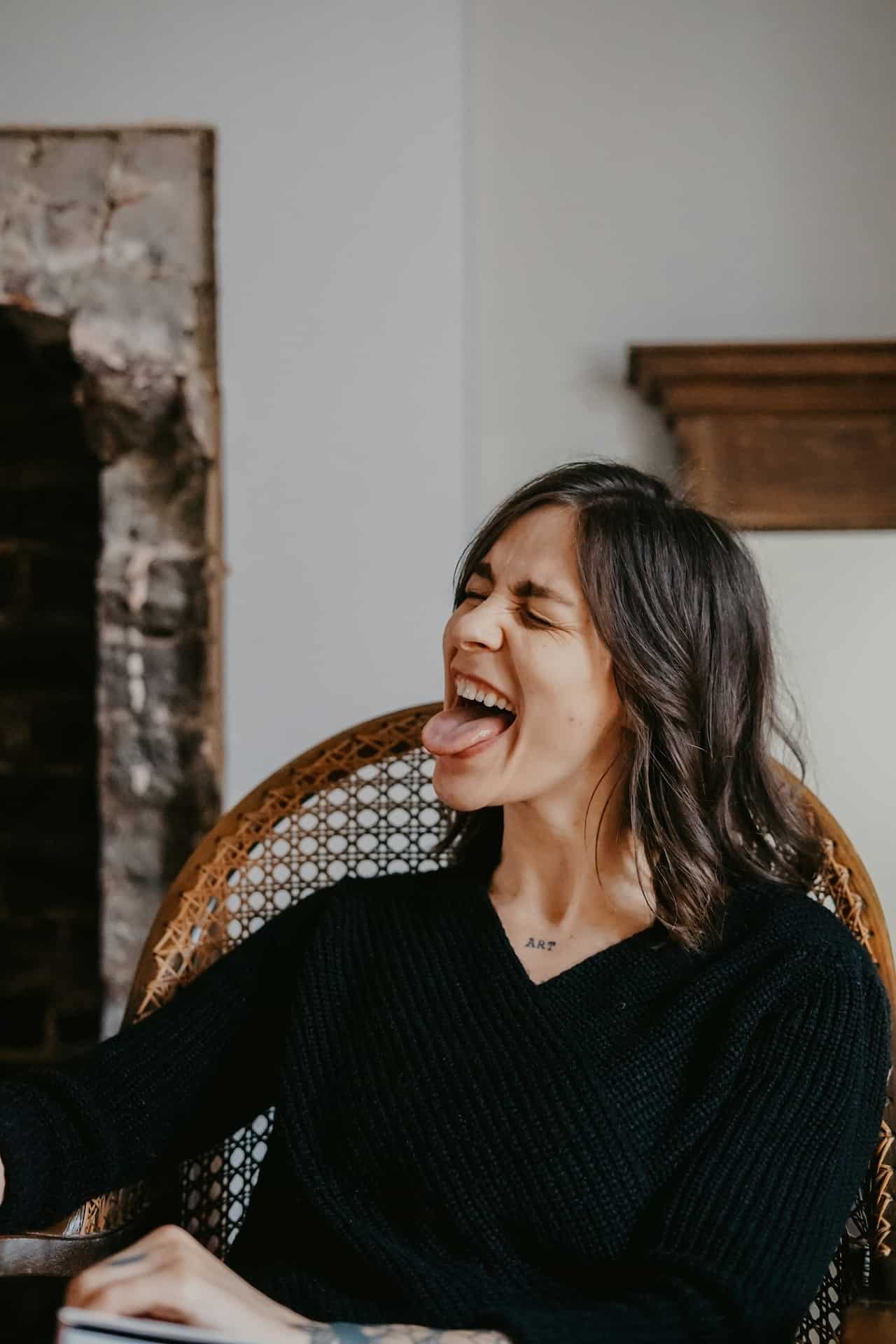
Portrait photo example by Lee Jeffries
Encourage them to smile and laugh, but also encourage them to pose a bit seriously. A great way to entice different emotions is to direct their thoughts toward memories or people in their life. This can often result in genuine emotions and expressions.
How to shoot portrait photography
Find different camera angles
Another key to capturing a variety of portraits to try different camera angles. Posing your subject is important, but staging the camera and moving it is just as important.
A great tip to achieve this can be found in this video by Irene Rudnyk. The simple tool of a step ladder can help you find angles that you would not use otherwise. Check out all the ways she uses a step ladder for unique camera angles in the video below.
Top tips for taking portrait photos
Camera angles can be the difference between a good portrait and a great portrait. Move yourself and the camera as much as you pose your subject to find a great combination and capture a great portrait.
How to take good portrait shots
Remember the background
In both studio settings and on location, it is important to not forget about the background. Choosing a location and composing a background can help reflect the identity of your subject. The juxtaposition of a subject and their background can create deeper meaning in a portrait.
Take this portrait example of a model as she is posing on a railroad track. Notice how this completely changes the atmosphere and mood of the photograph.
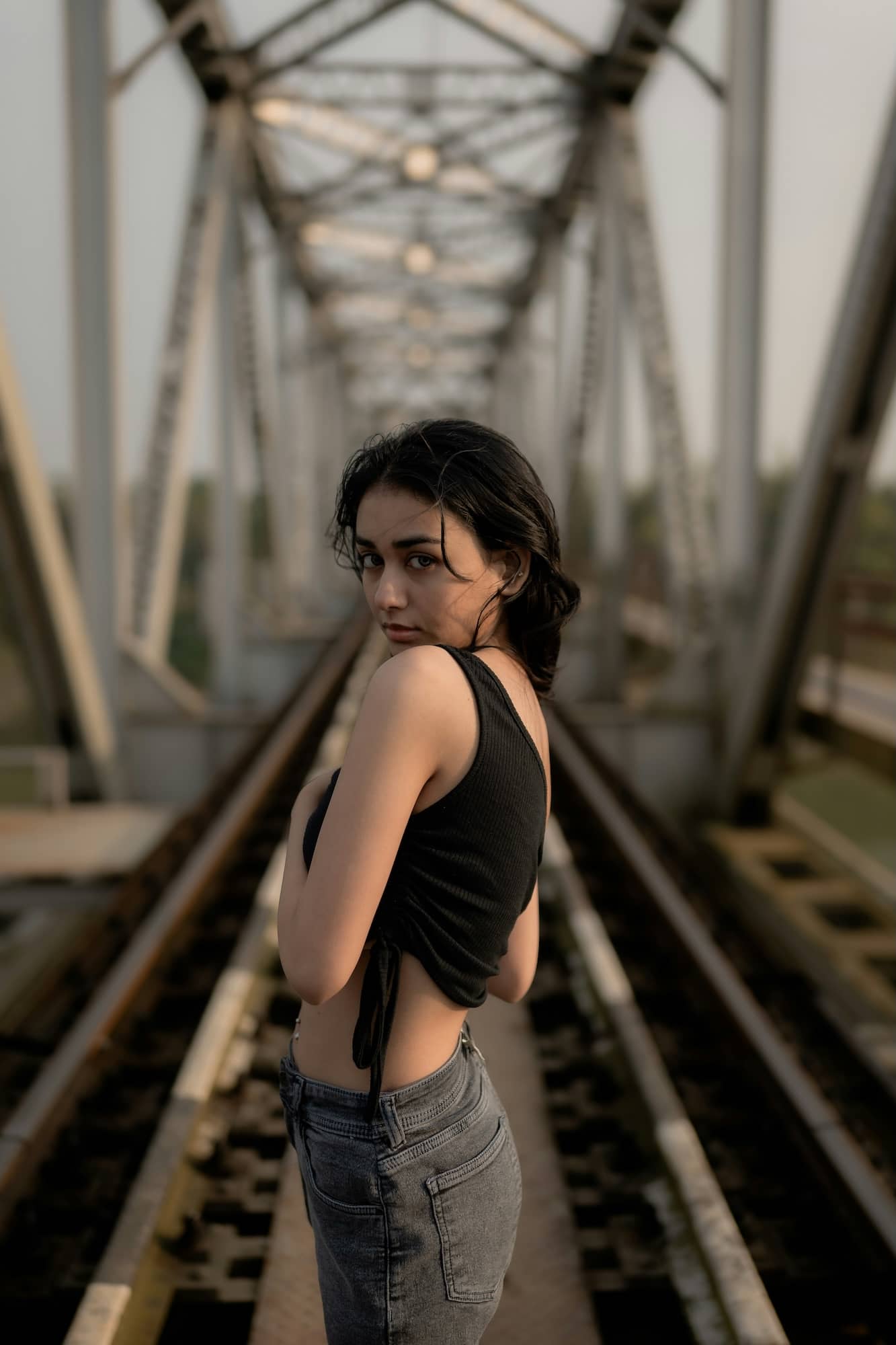
Portrait photoshoot on railroad tracks
Even in a studio, the choice of a solid black or solid white background can make a huge difference in a portrait. Feel free to take shots with both to have the option later on.
Light portrait photography techniques
Understand the exposure triangle
An imperative step for any photographer, whether they are shooting portraits, landscapes, or street photography, is to understand the exposure triangle. Aperture, ISO, and shutter speed all directly impact how a photo looks. Understanding the exposure triangle will help you select the best portrait photography settings for your shoot.
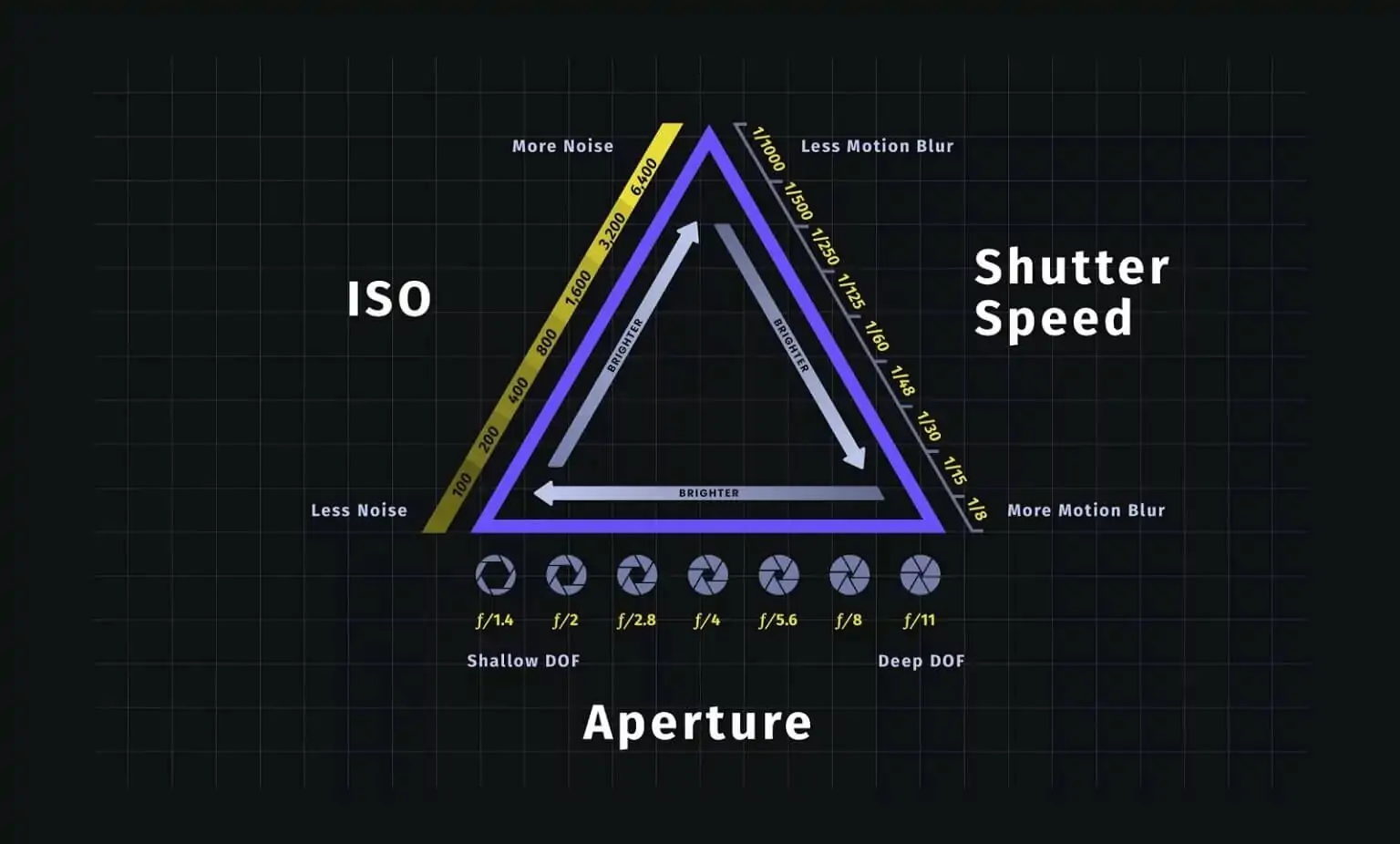
Exposure triangle breakdown • Portrait photo tips
Aperture effects depth of field which is an integral part of creating beautiful portraits. To really understand aperture, check out our video below.
Understanding Aperture • Subscribe on YouTube
Whether you’re learning how to shoot portraits or any other type of photography, understanding aperture and how it works with ISO and shutter speed in the exposure triangle will make you a better photographer. It will give you the knowledge to capture the images that you envision.
Download our free Ebook on exposure for a deeper dive into the subject.
Free downloadable bonus
FREE Download
Ultimate Guide to Exposure
The Exposure Triangle is something every photographer and cinematographer needs to master. Download our FREE e-book to get in-depth explanations and tutorials on topics like aperture, ISO, shutter speed, and how to balance these settings to nail perfect exposure every time.
How to shoot portraits
Break the rules
Finally, it’s important to know that these are all portrait photo tips and guidelines to capture the portraits you envision. There are no rules.
Portrait photography may sound limiting to some, but the most iconic portrait photographers find ways to unleash their creativity.
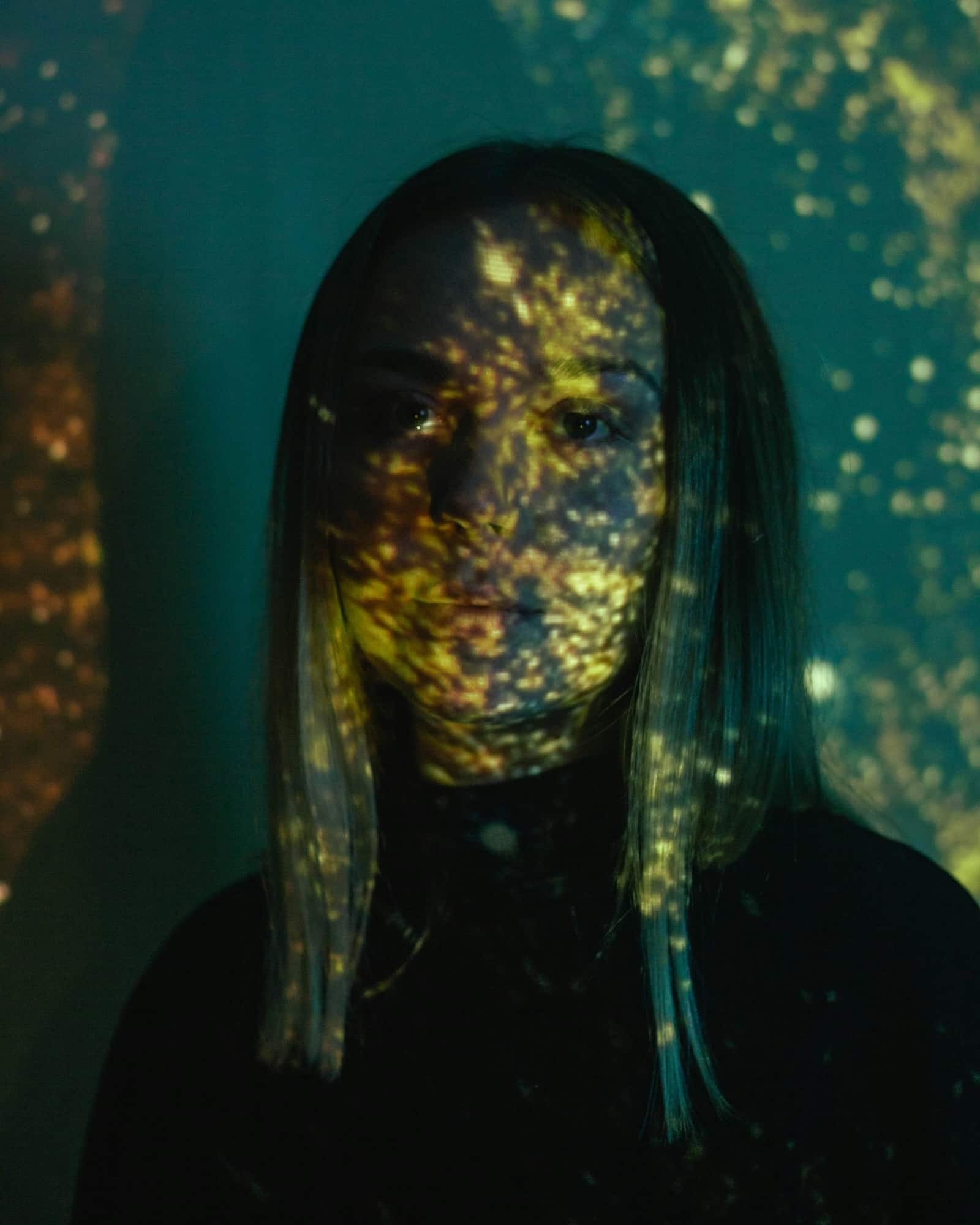
Portrait photograph of Kendrick Lamar by Annie Leibovitz
Find your style and understand your subject’s voice. Create the portrait in your imagination and utilize your skills and techniques to bring your vision to life.
Related Posts
UP NEXT
What is the Exposure Triangle?
As we mentioned earlier, understanding the exposure triangle is critical for every photographer. No matter what you are shooting, aperture, ISO, and shutter speed will affect how you capture an image. Check out our in depth breakdown of the exposure triangle in our next article.
Up Next: Exposure Triangle →
Showcase your vision with elegant shot lists and storyboards.
Create robust and customizable shot lists. Upload images to make storyboards and slideshows.
